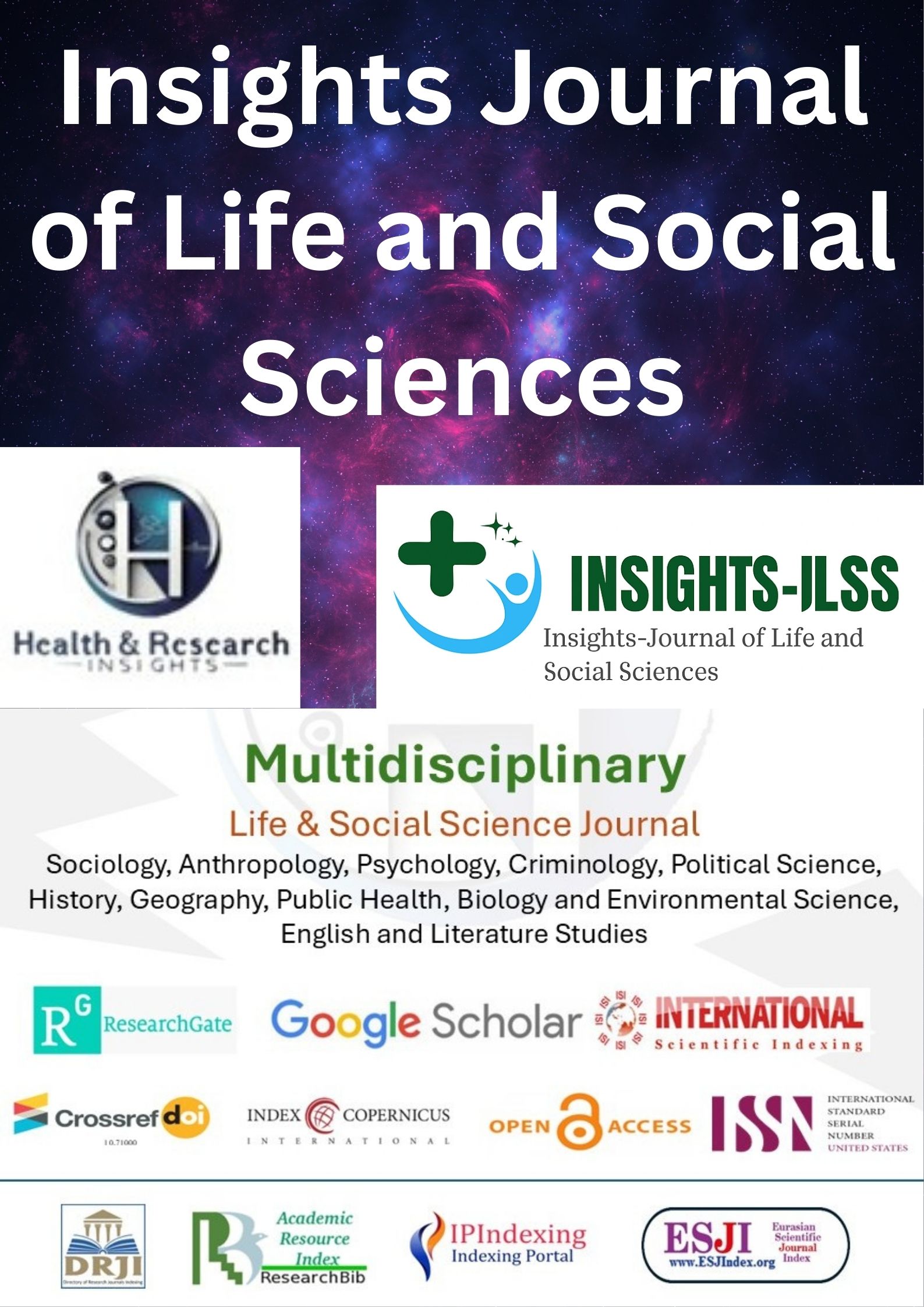PATTERNS OF ANTIBIOTIC RESISTANCE IN COMMON UROPATHOGENS ISOLATED FROM PATIENTS WITH RECURRENT URINARY TRACT INFECTIONS: A SYSTEMATIC REVIEW
Main Article Content
Abstract
Background: Recurrent urinary tract infections (rUTIs) represent a significant clinical challenge, with antimicrobial resistance (AMR) complicating effective management. Current empirical antibiotic strategies are often undermined by escalating resistance rates, yet a comprehensive synthesis of resistance patterns specifically within the rUTI population is lacking.
Objective: This systematic review aimed to evaluate and synthesize contemporary evidence on antibiotic resistance trends among common uropathogens isolated from patients with recurrent urinary tract infections.
Methods: A systematic review was conducted following PRISMA guidelines. A comprehensive search of PubMed, Scopus, Web of Science, and the Cochrane Library was performed for studies published between 2019 and 2024. Observational studies reporting antimicrobial susceptibility testing data for uropathogens from a defined rUTI population were included. Data extraction and risk of bias assessment were performed by two independent reviewers using a standardized form and the Joanna Briggs Institute (JBI) checklist, respectively. A narrative synthesis was undertaken due to study heterogeneity.
Results: Eight studies comprising 4,218 bacterial isolates were included. The review identified alarmingly high and consistent resistance rates to fluoroquinolones (often >50%) and third-generation cephalosporins (28.5% to >65%) in Escherichia coli and Klebsiella pneumoniae, indicating prevalent extended-spectrum beta-lactamase (ESBL) production. Carbapenem resistance in K. pneumoniae was a critical concern in certain regions (up to 42%). Conversely, nitrofurantoin and fosfomycin demonstrated preserved activity against most E. coli isolates, with resistance rates generally below 10%.
Conclusion: Findings reveal a high prevalence of multidrug-resistant uropathogens in patients with rUTIs, rendering common empirical therapies increasingly unreliable. This underscores the imperative for culture-guided treatment and reinforces the role of older agents like nitrofurantoin. Future research should focus on prospective surveillance and developing non-antibiotic strategies to break the cycle of recurrence and resistance.
Article Details

This work is licensed under a Creative Commons Attribution-NonCommercial-NoDerivatives 4.0 International License.
